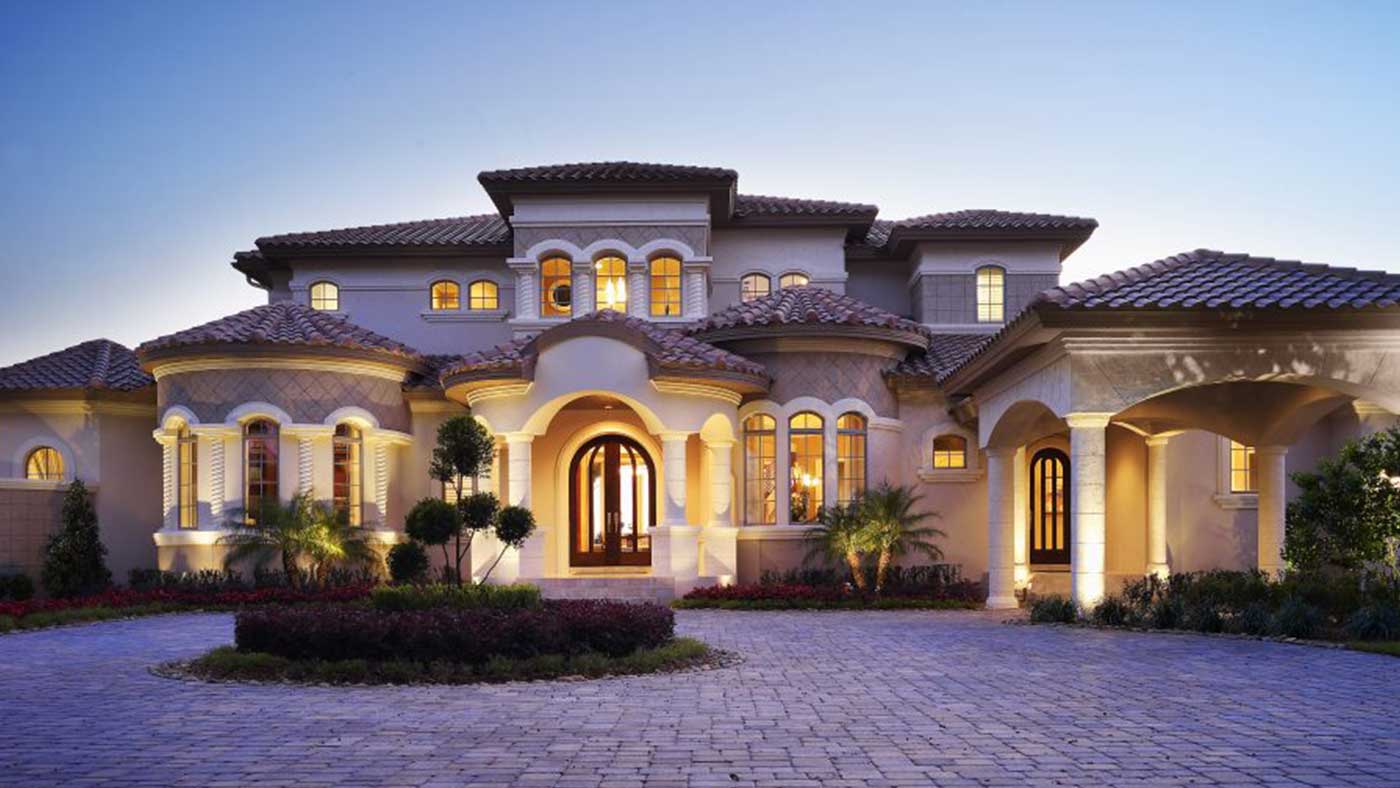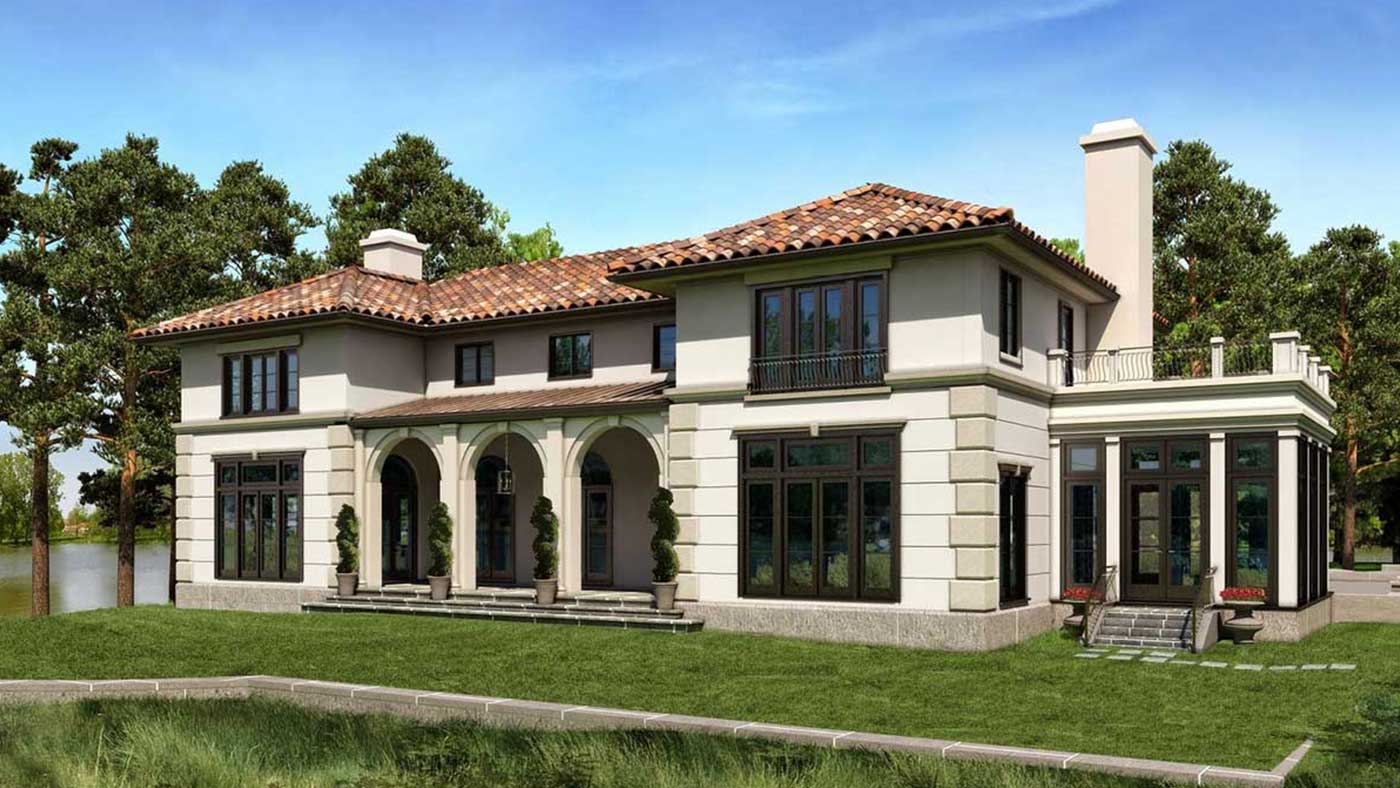Mediterranean architecture grabbed global attention when it blossomed during the period of 1918-1940. Buildings were being embellished with unique details unknown hitherto to American population.
This style of architecture profoundly mimics the trends native to the historic Mediterranean regions, typically in Spain, Italy and France. One of the most distinguishing features is the use of red tiles over particularly low pitched roof. The Mediterranean house plan follows a rather open style, complimented with large exterior windows, a low-pitched and tiled roof (commonly red) complimented with stucco or a brick siding. This plan focuses on the pleasant Mediterranean weather, making it the favorite and most preferred style for warm climatic topographies.
The emphasis on keeping the house flow open results in the Mediterranean furniture supple with short pieces-be it simply functional or exceptionally formal. The legs and feet are ornately turned. They display heavy hardware which is frequently furbished. Textured walls are cardinal to this style. The fireplace mantels and table countertops are often furnished with bull nose edges. The reverberating features that became prominent in North America were the haciendas of the Spanish New World, noticeable red tiles over the roof and roughly textured surfaces or arches and plaster walls.
The reverberating features that became prominent in North America were the haciendas of the Spanish New World, noticeable red tiles over the roof and roughly textured surfaces or arches and plaster walls.
Key elements
- The typical Spanish roof tiles resembled half pipes. Clay was molded likewise so as to facilitate easy water shedding. This in turn was inspired by Spanish and Mexican missions, which were made out of clay pots and bricks. The tiles were finished to be fireproof. The resulting air pockets between the tiles after laying resulted in keeping the air cool inside the structure.
- A stucco wall is a defining feature in Mediterranean structures. It protects the exterior surfaces from the strong direct sun, consistent downpours and spiking temperatures, which are quite common in Mediterranean climate.
- Arches are repeated at many points in this style. This component was first noted in Roman architectural style. It basically self-supports itself as well as mounting elements, therefore resulting in a lighter weight building with sturdier walls.
- Houses generally display ornamental details ranging from huge, heavy wooden doors with intricate wooden carvings as ornamentation, to the use of multicolored tiles(usually porcelain) at the risers of staircases.



